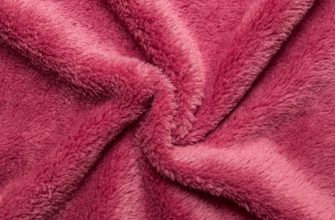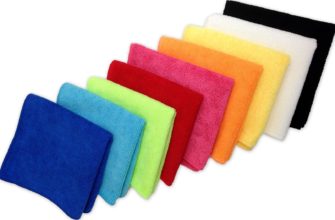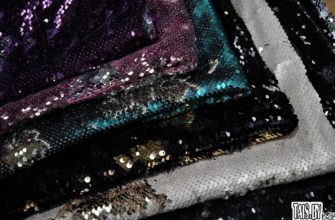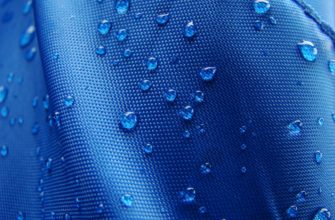Airy clothes with numerous folds attract with their beauty since the antique bas-reliefs and frescoes of Ancient Egypt. Where did the fashion for pleated fabric come from and is this garment practical?
A quick excursion into the history of pleats
The folding of fabric into numerous folds and ironing has been used since the birth of fashion trends at palace receptions and was welcomed by art lovers. Home-made production has been successfully used by young ladies for many centuries to create a romantic image.
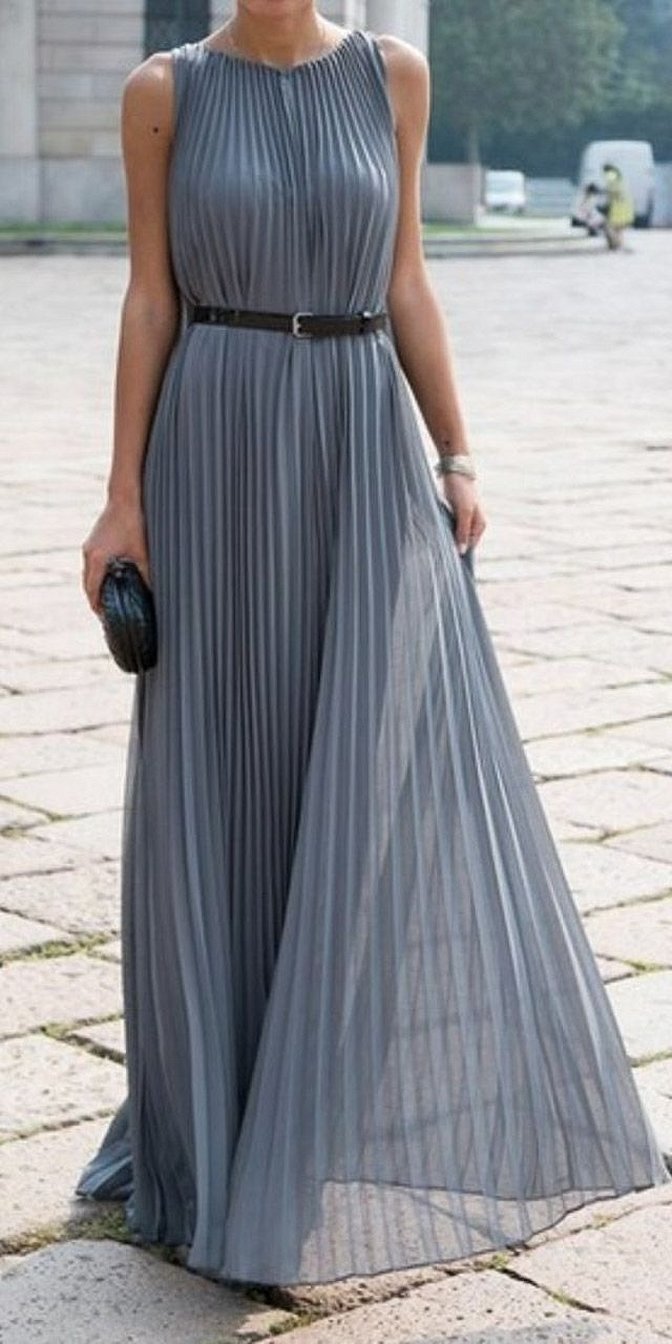
Industrial production of pleated fabric was proposed by the Italian fashion designer Mariano Fortuny y Madrazo at the beginning of the 19th century. Silk pleated fabric, presented in the form of a tunic dress, was recognized as a work of art and laid the foundation for the fashion for pleated skirts, dresses, blouses and other wardrobe items.
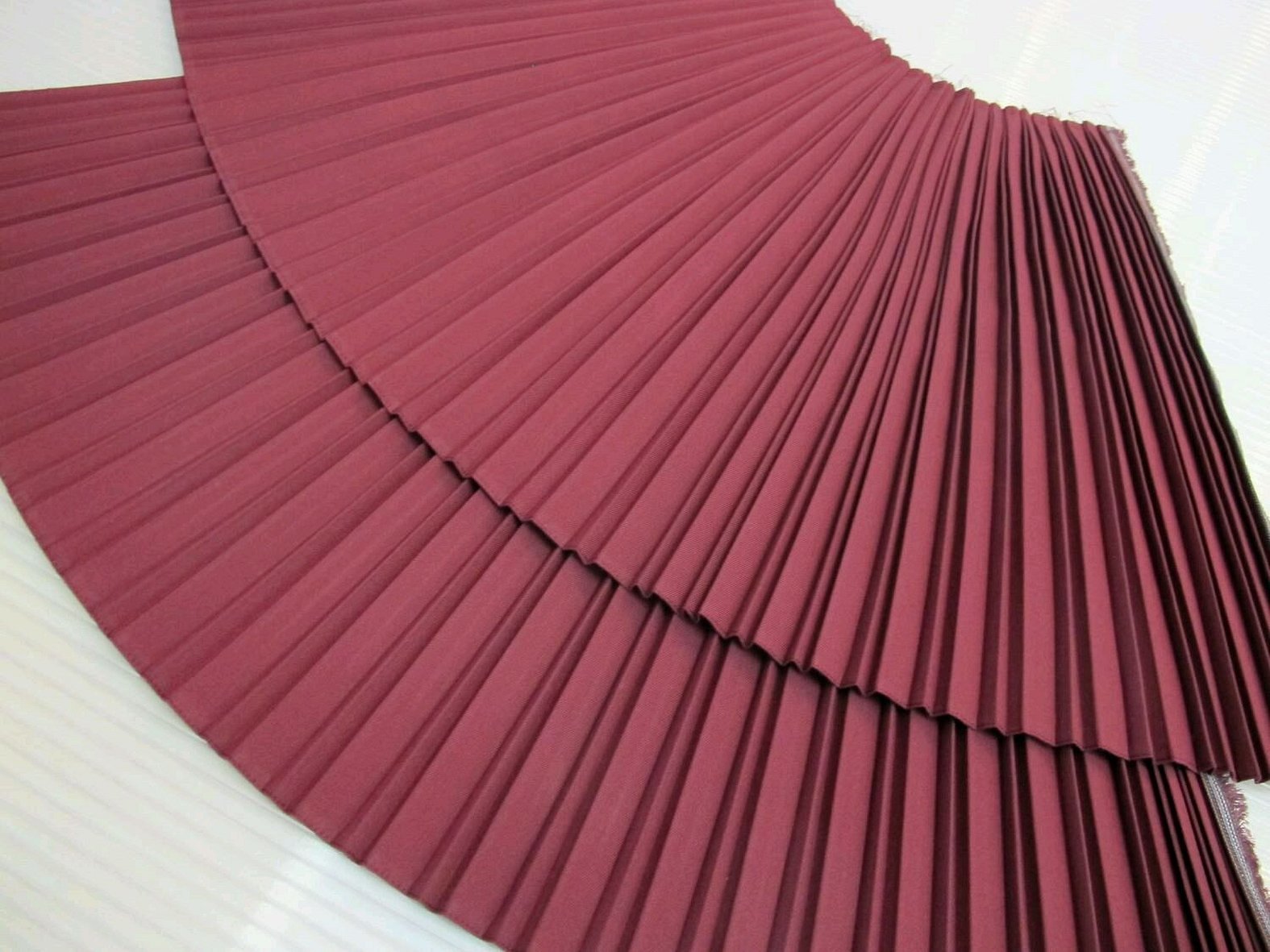
Almost any fabric can be pleated, which has been successfully used for the second century on an industrial scale. Flat folds of fabric, similar to accordion fur, are divided into
- one-sided, with a bend to the right or left;
- bilateral.
Visual increase in volume due to folding of fabric in three, gives the product elegance and creates the effect of airiness. Obtaining material with stable small folds is used in the manufacture of any forms of clothing and wardrobe elements.
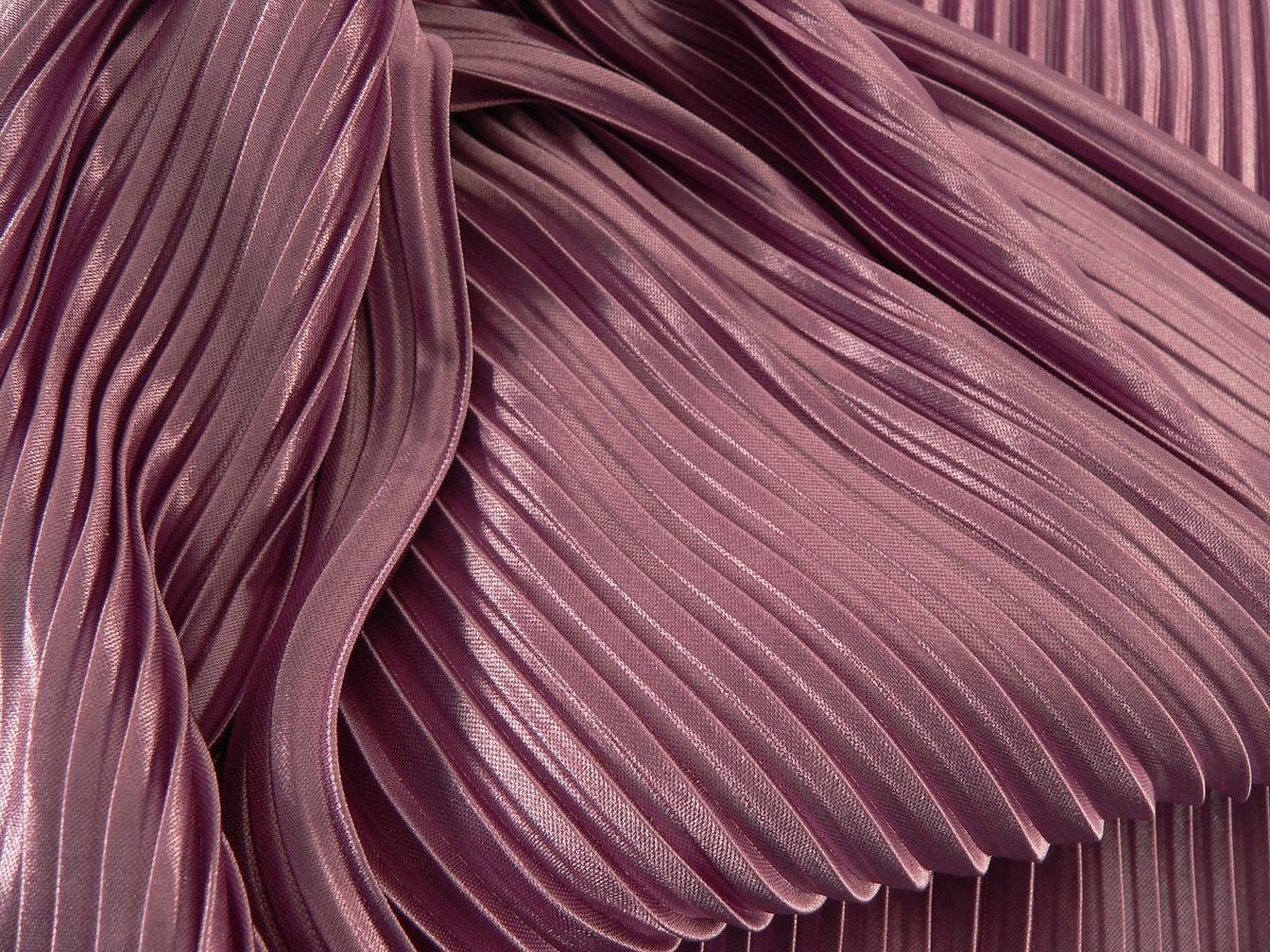
Material and production features
Correctly selected fabrics make pleating easier. At home, when creating pleats, avoid sliding silk and chiffon. To make a pleated skirt or other wardrobe item, take three times more material than for a regular cut without pleats.
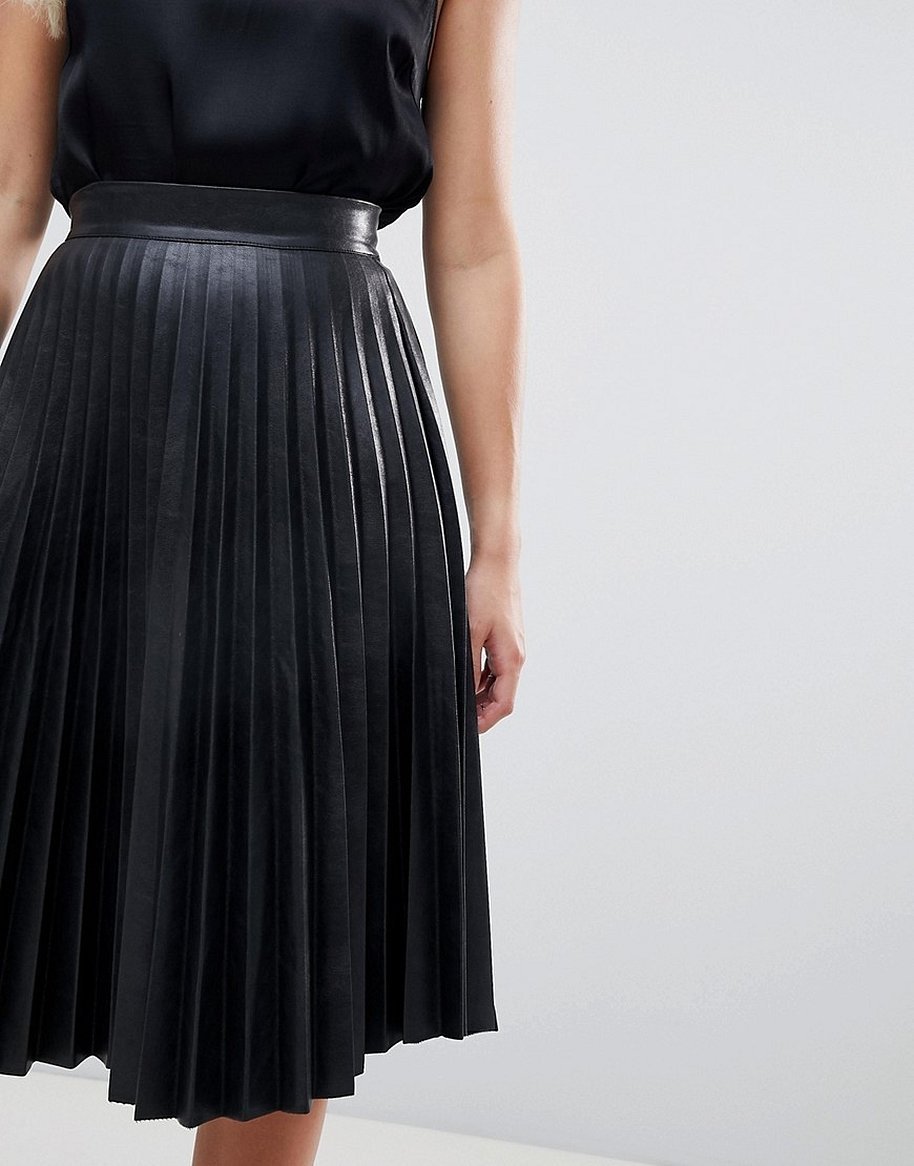
Sometimes elements of drapery are combined with pleating, which looks original in some products. Subtle taste and a developed sense of style when choosing colors and textures of fabric will allow you to create a masterpiece from simple models.

The use of special presses and finishing was used in sewing workshops of the Soviet era. Ordering pleats from a cutter did not cost a lot of money and was used for school uniforms, evening dresses and skirts for special events.
Important! Modern polyester products are the most popular among pleated wardrobe items due to their practicality and special elegance.
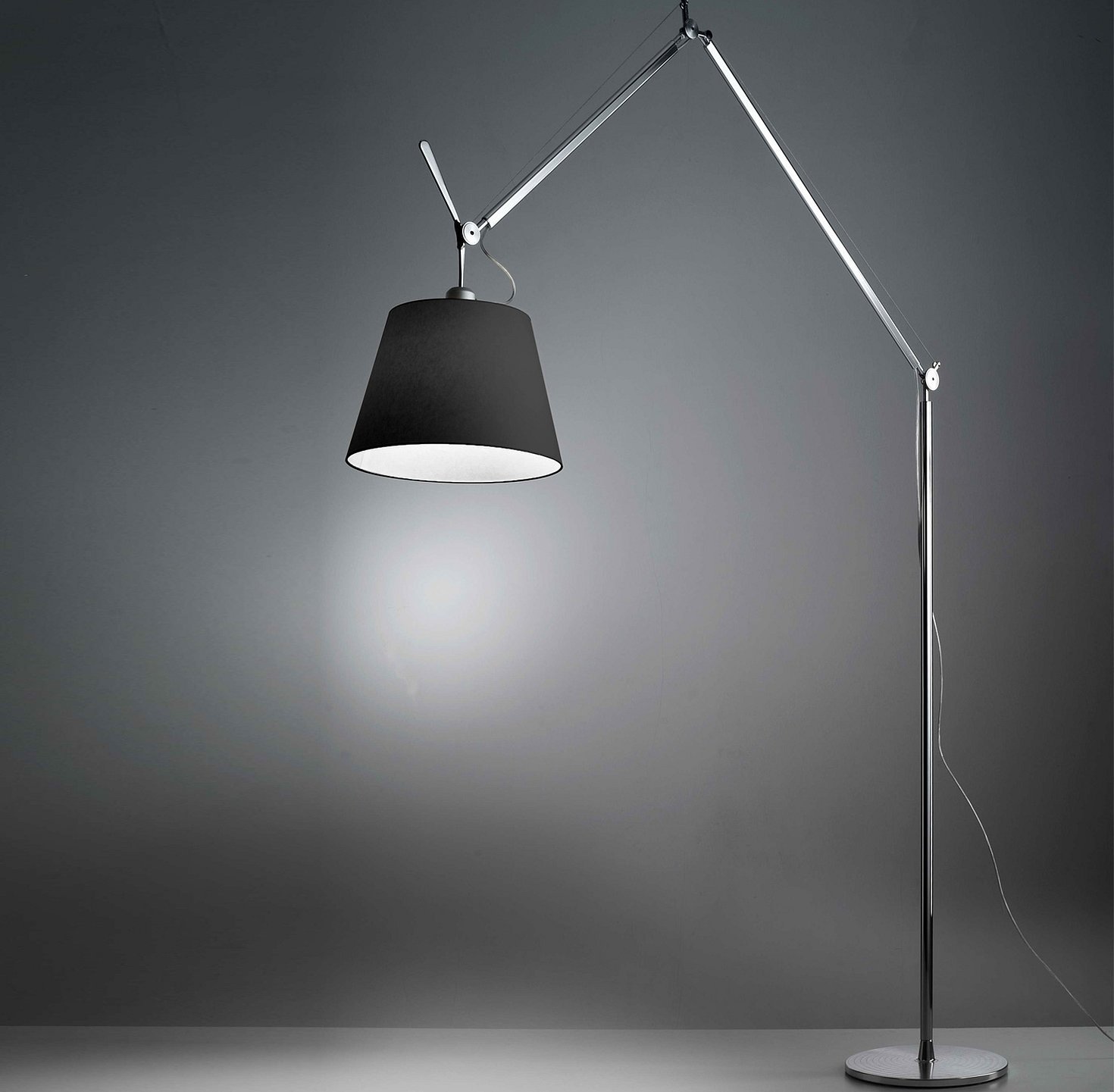
What is sewn from pleated fabric?
The variety of products made from pleated fabric amazes the imagination of fashion designers and decorators.
- light blouses;
- various skirts;
- dresses and tunics;
- coat;
- trousers;
- school uniforms and universal office suits;
- scarves and stoles;
- inserts into the sleeves and hem of the dress;
- elements of banquet hall decoration;
- interior decoration;
- bags and shoes;
- lampshades and floor lamps;
- umbrellas and hats;
- blinds;
- window curtains.
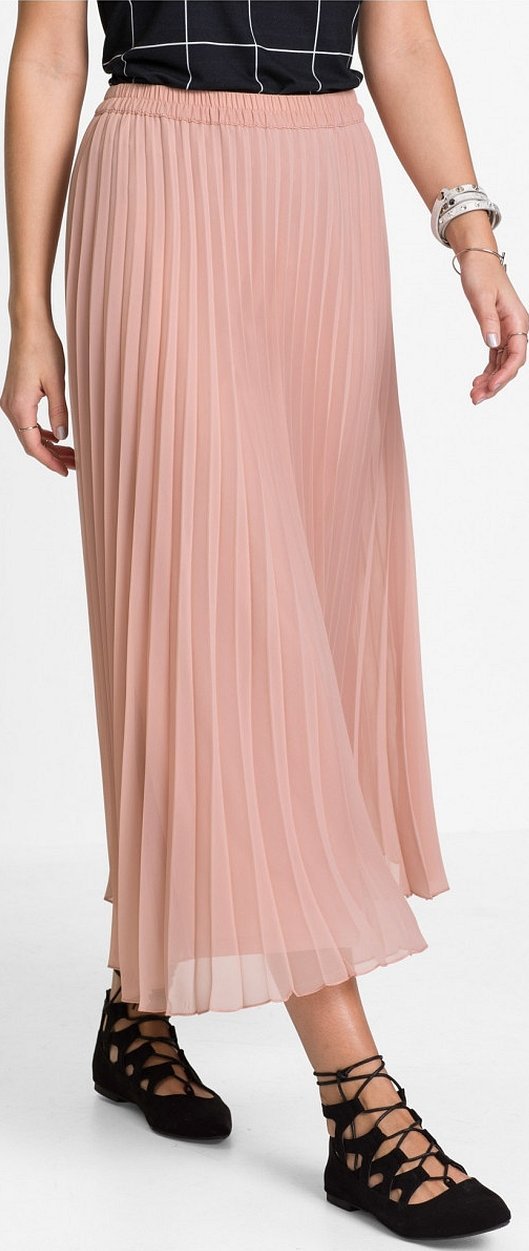
The style of Greek tunics gradually passed into the image of a cocktail dress. And the use of the principle of tulle pleats imperceptibly entered into the use of corrugated structures in filters, industrial parts, and the manufacture of musical instruments similar to accordion bellows.
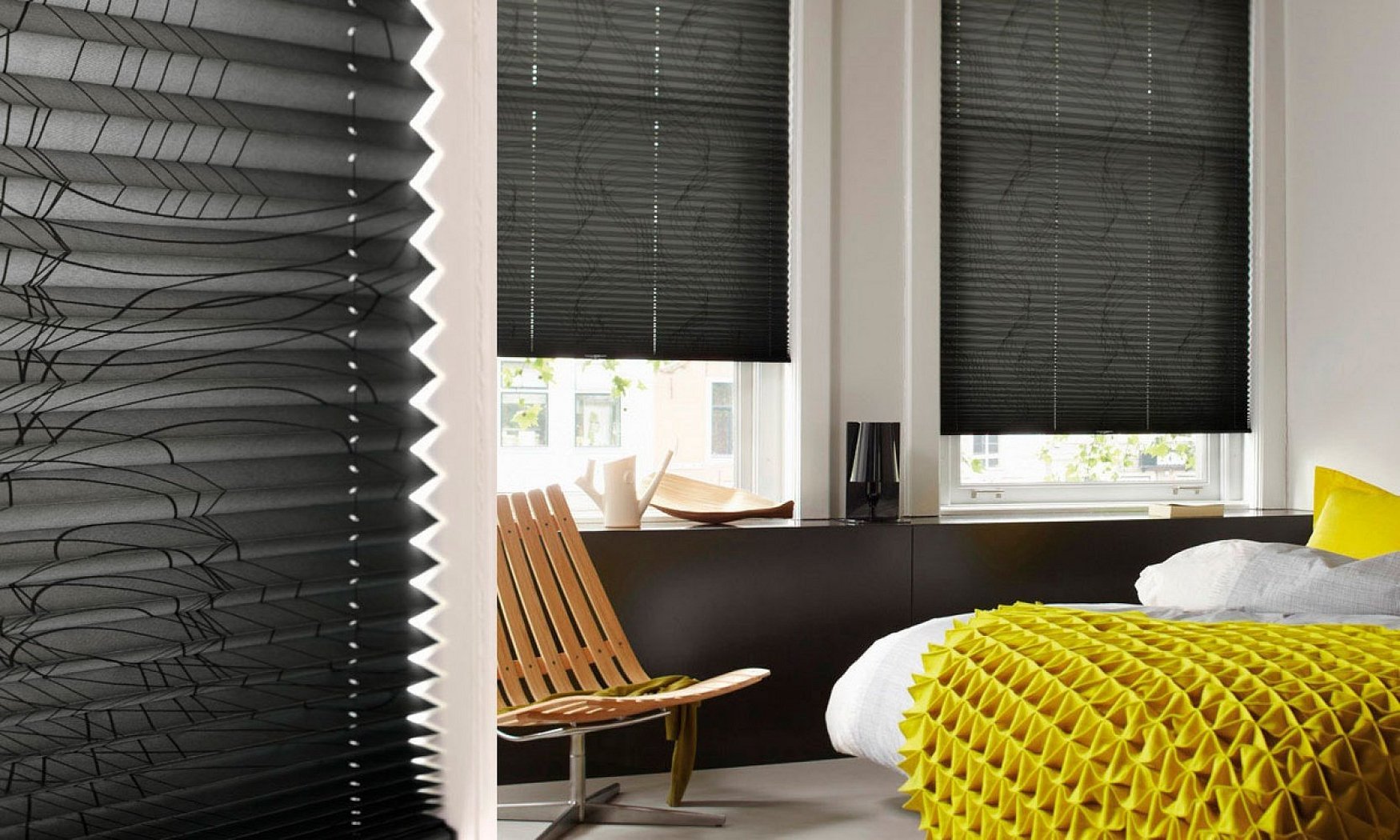
Design solutions in interior design touched not only the creation of a lambrequin, but also individual elements in the form of weights, frills for curtains. Pleated curtains and blinds do not surprise with the design, which has become familiar to the modern layman. Beautifully designed window pleats can close an opening in a wall of any configuration, from an arch to a more complex shape.
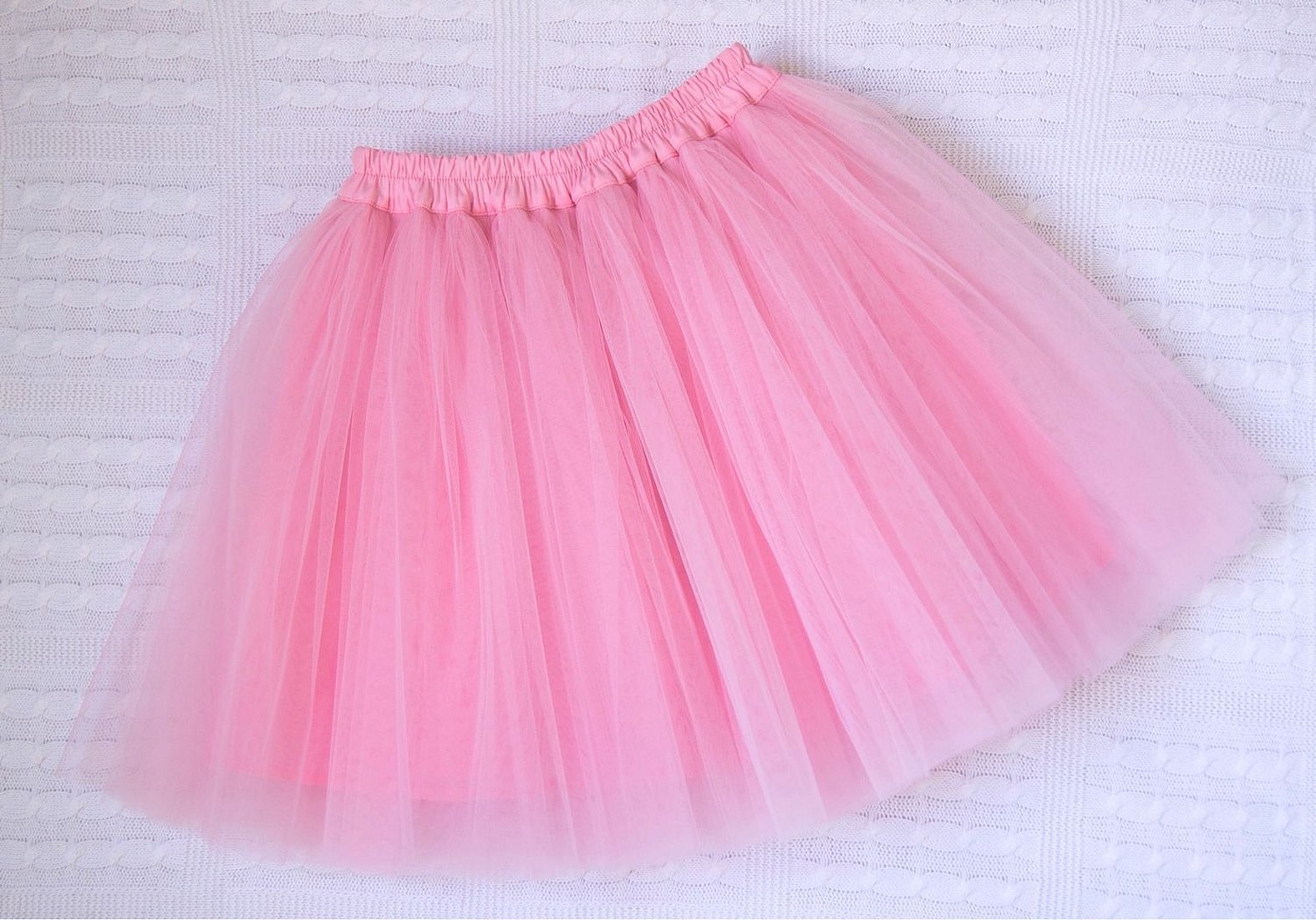
Pleated Skirt Options
The spread of draping fabrics and wardrobe items was widely used in Japan, Egypt and Azerbaijan. The classic method of creating pleats by hand was passed down through generations.
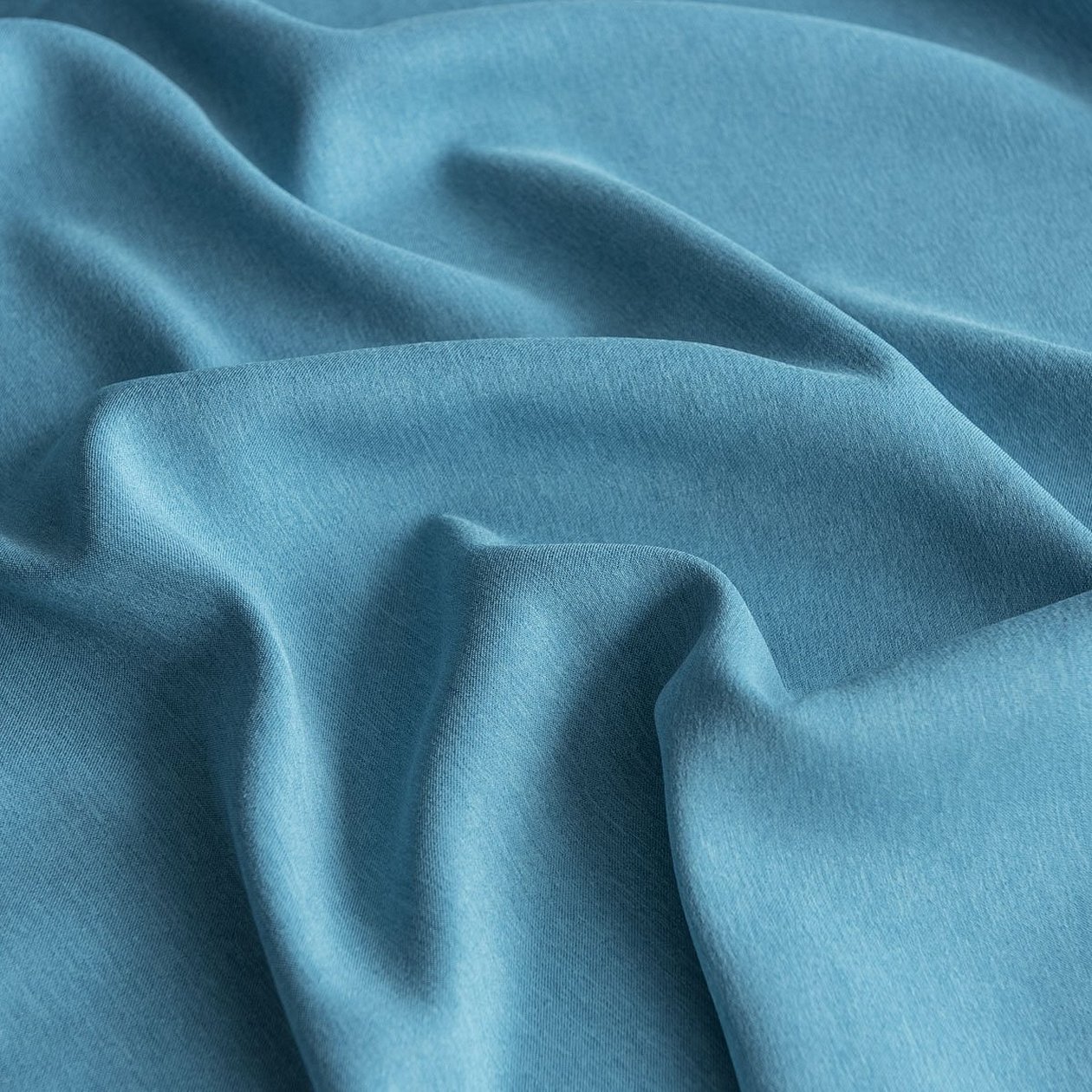
The most common use of pleats in sewing skirts is still used today. The ability to hide figure defects or visually lengthen the legs and make the waist thinner is provided by a pleated wardrobe item in the form of a skirt or dress.
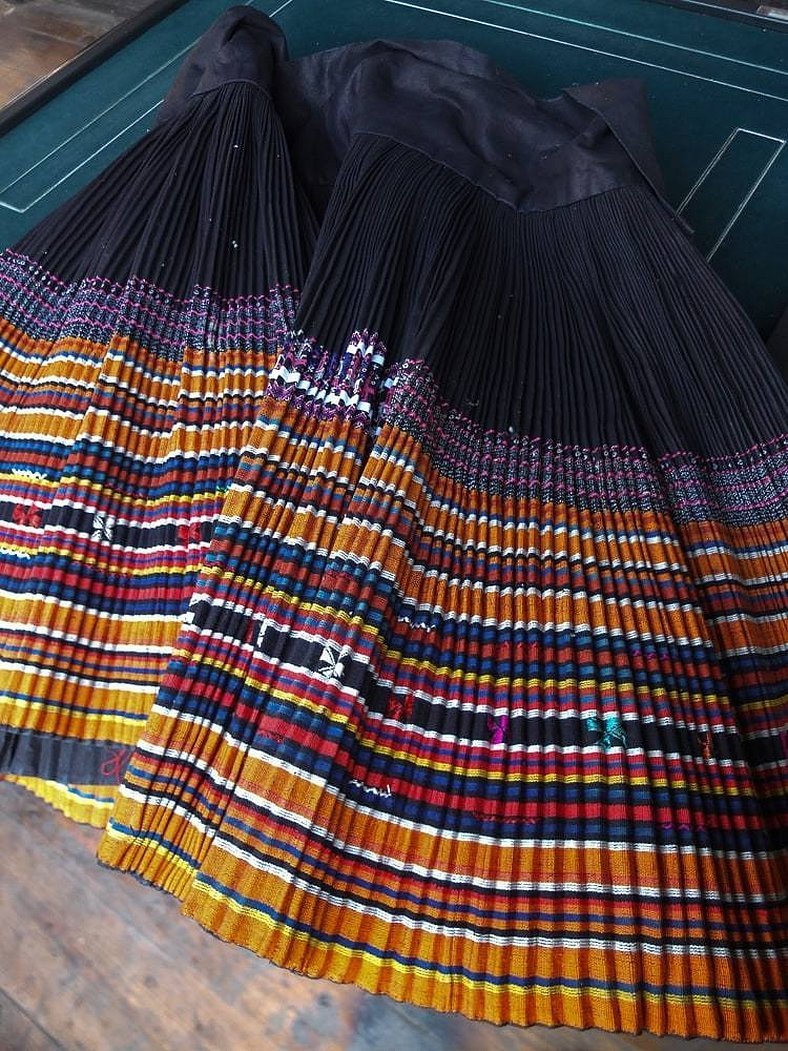
Who suits pleated clothing?
Pleated fabric can hide some figure flaws, giving the image a romantic and airy feel. Pleated clothing was used
- pregnant women;
- obese girls with no waist;
- very thin individuals who want to visually increase their body size;
- fashionistas to emphasize airiness and sophistication;
- art workers - singers, ballerinas, dancers.
Any of the chosen images will add femininity to the owner of the pleats.
Pairing a pleated skirt with other clothing items
Creating an image largely depends on the use of various accessories in the form of belts, hats, and properly selected shoes.
Organza and wool, denim and leather, silk and chiffon - absolutely any fabric can be pleated. An accessory is selected to match the style of the clothes, harmoniously emphasizing the woman's image.
Stiletto heels will suit a pleated tulle skirt better than sneakers, but the fashion trends of modern tastes also take into account this youthful squeak. The use of rough boots instead of sandals and a leather bag instead of a satin handbag are welcome on the fashion show catwalk.
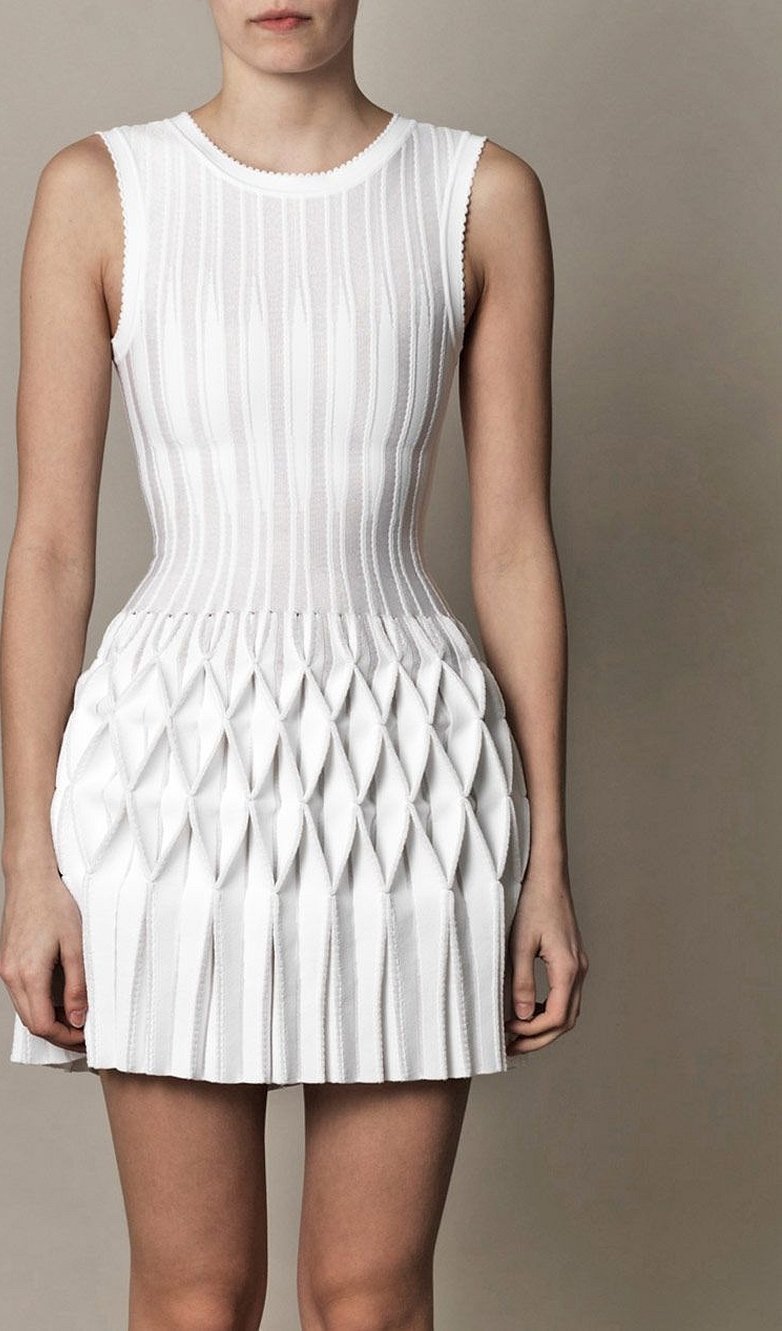
In reality, evening attire for a romantic meeting is used more in the classic style of selecting wardrobe elements.
Important! Daytime and casual clothes that go well with a pleated skirt can include turtlenecks and blouses, T-shirts and jackets.
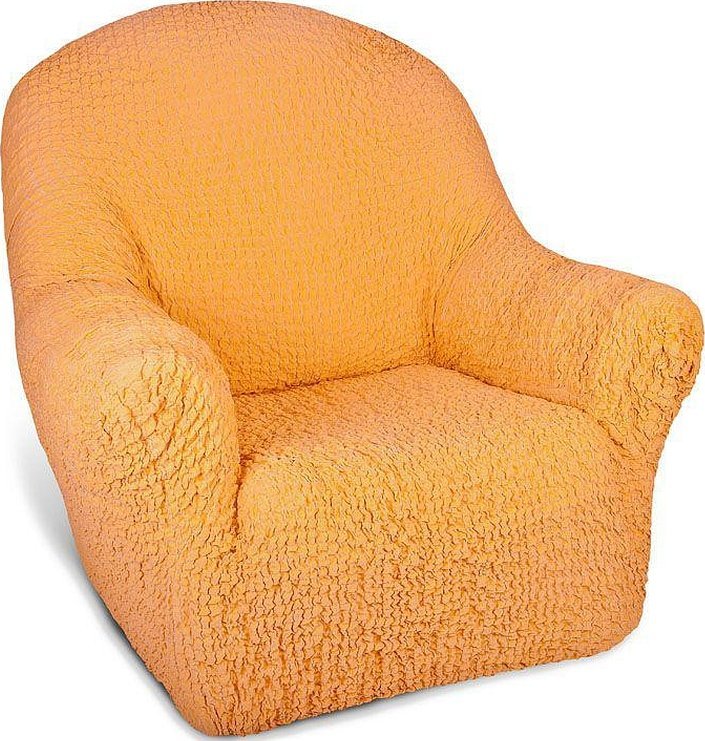
What and how to make pleating
Making pleated fabrics at home involves using a hot iron and fold-fixing compounds. An inexpensive option for making pleated fabrics.
- Using a paper template makes it easier to form even longitudinal folds of the same width.
- Steaming with a heavy iron is equivalent to the work of a press.
- Using a pad soaked in a water and vinegar solution will give the pleat more durability.
- Using laundry soap or adhesive solutions on the reverse side of fabrics containing wool.
- You can contact a custom tailoring shop for more professional production of pleats.
The fabrics used must withstand the high temperatures of a hot press, not lose their shape diagonally, and not lose their elasticity and resilience after pressing. Fabric pleating is available for home use. Pleated fabric for a skirt is selected in accordance with the task at hand. Lightweight fabrics are chosen for evening dresses. Pleated knitwear is chosen for making warm clothes, coats, and trousers. You can always make pleats first and then sew clothes from it.

Care of pleating
Pleated items require special care and improper self-cleaning can lead to loss of folds, distortion of the fabric or straightening of the fabric during ironing.
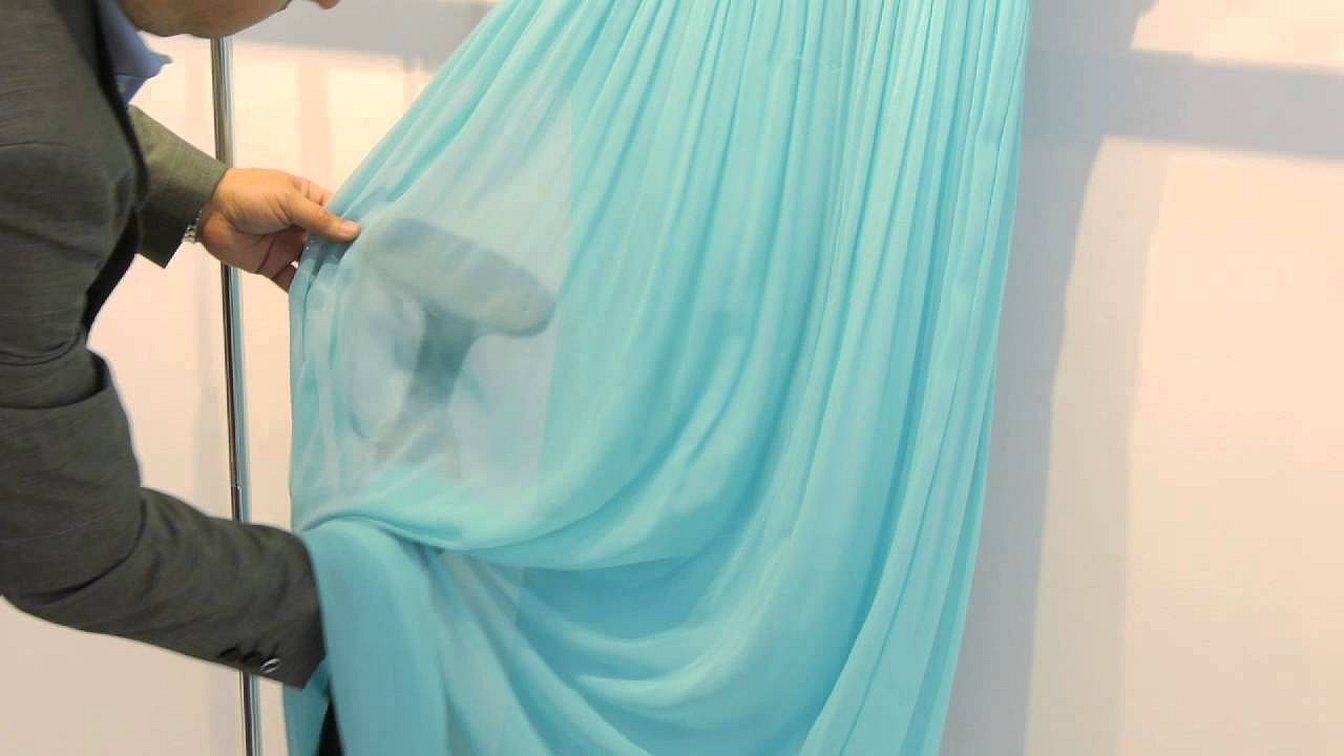
Some types of pleats require basting before washing to preserve the pleats. After washing, do not wring out and hang dry without using hair dryers or direct sunlight.
It is recommended to store pleats in a stocking in a hanging position.
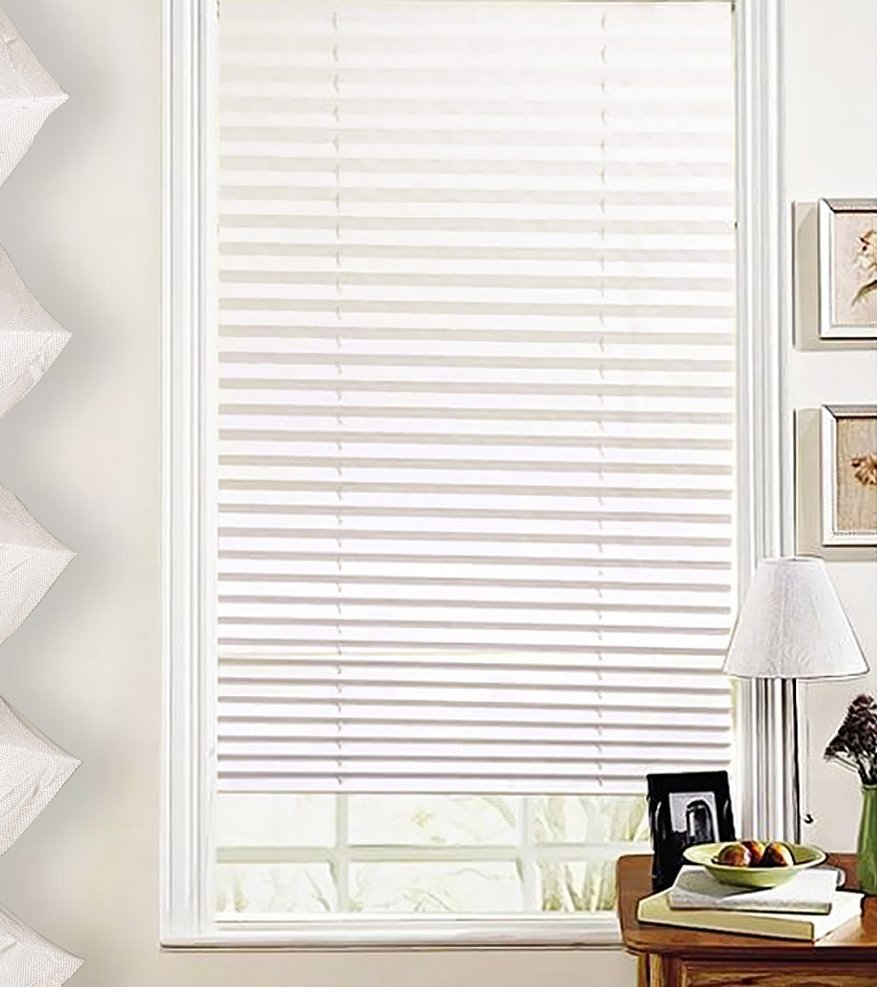
Use delicate hand washing and ironing through a cloth soaked in vinegar solution. Restoration of lost pleating is possible after soaking in a weak soap solution and subsequent ironing of each fold with a hot iron.

